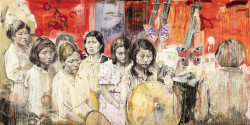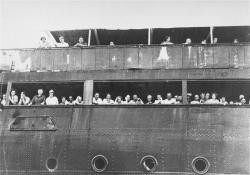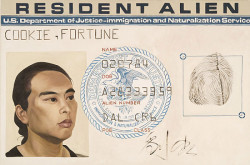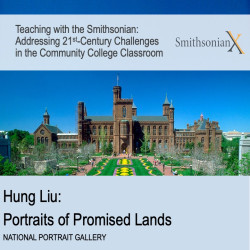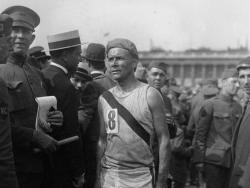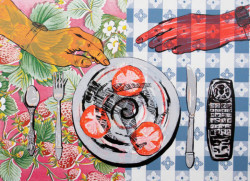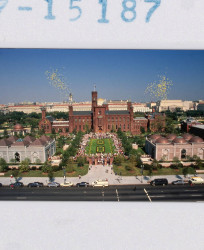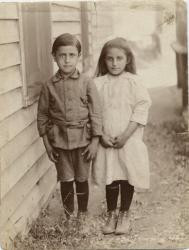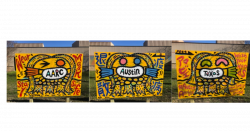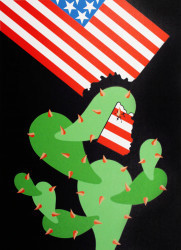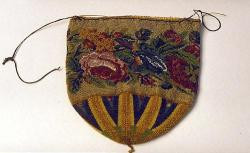Philippa Rappoport
I work in education and engagement, teacher professional development, and outreach at the Smithsonian Office of Educational Technology (OET), and have a particular interest in developing and producing trainings, programs, teaching techniques, and platforms that foster deep learning and contribute knowledge to improve practices in museum and preK-16 education and engagement. At OET over the last decade+, I created digital assets for schools, families, and new immigrant English Language learners to complement teacher professional development and pan-Smithsonian programming, including Learning Lab teaching collections, YouTube videos with tradition bearers, a handmade family stories book-making website, and online heritage tours.
Philippa Rappoport's collections
Exploring Time, Memory and History Through Portraiture
 Philippa Rappoport
Philippa Rappoport
Eye to I: Self-Portraiture as an Exploration of Identity
 Philippa Rappoport
Philippa Rappoport
Facing Genocide: The US Response to the Holocaust
 Philippa Rappoport
Philippa Rappoport
How to Make a Ti Leaf Lei: Demonstration video, children's stories, dances, and contextual images
 Philippa Rappoport
Philippa Rappoport
Humans and the Footprints We Leave: Smithsonian-Montgomery College Faculty Fellowship 2020 Opening Panel Resources
 Philippa Rappoport
Philippa Rappoport
Hung Liu: Portraits of Promised Lands
 Philippa Rappoport
Philippa Rappoport
“I Didn’t Believe I Could Be Brave”: How the Smithsonian Uses Stories to Amplify Voices and Build Community
 Philippa Rappoport
Philippa Rappoport
Inclusive Memory Project: Digital Storytelling as a Teaching Strategy in the Smithsonian Learning Lab
 Philippa Rappoport
Philippa Rappoport
Inquiry-Based Learning at Its Best Using Digital Museum Resources: A Presentation for NCSS2020 Conference "Advancing Social Justice"
 Philippa Rappoport
Philippa Rappoport
Introductory Activity to Generate Discussion about Mexican American Studies and Digital Museum Resources (#EthnicStudiesY2)
 Philippa Rappoport
Philippa Rappoport
Irish Music
 Philippa Rappoport
Philippa Rappoport
6 Jewish American objects for Jewish American Heritage Month
 Philippa Rappoport
Philippa Rappoport

